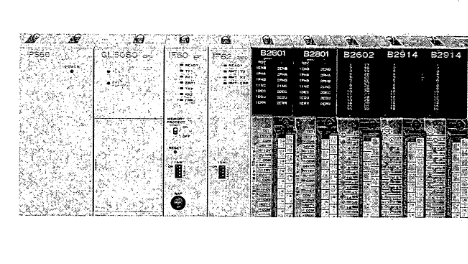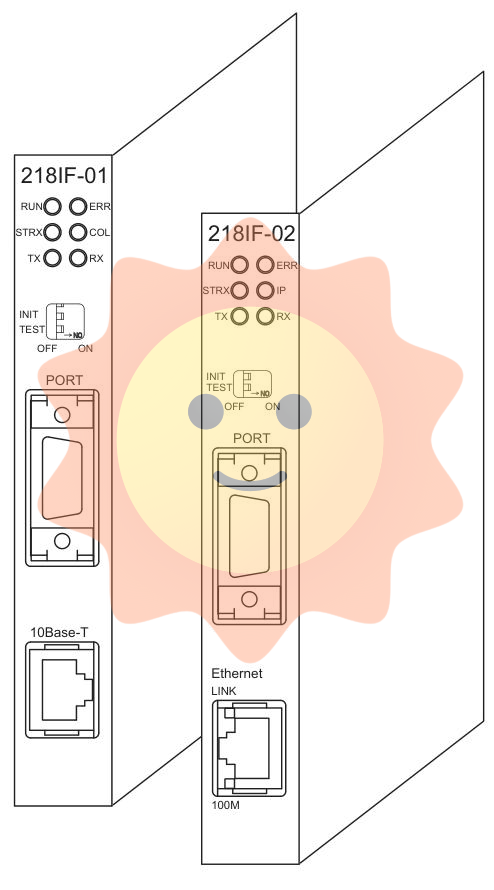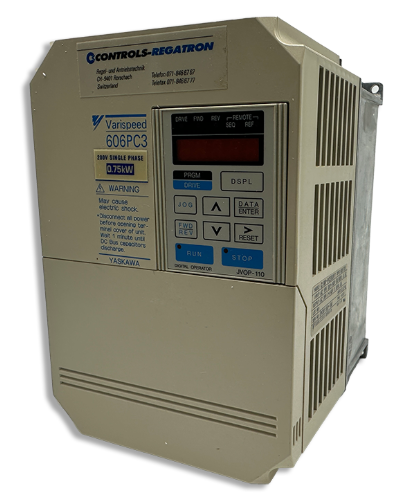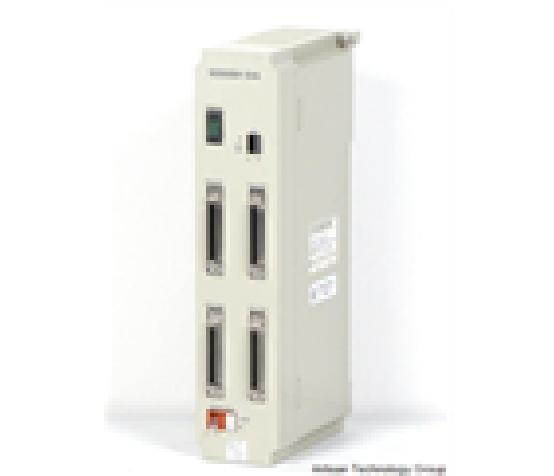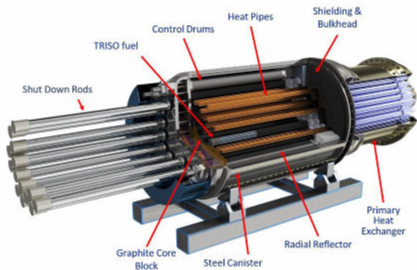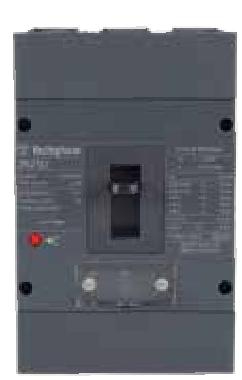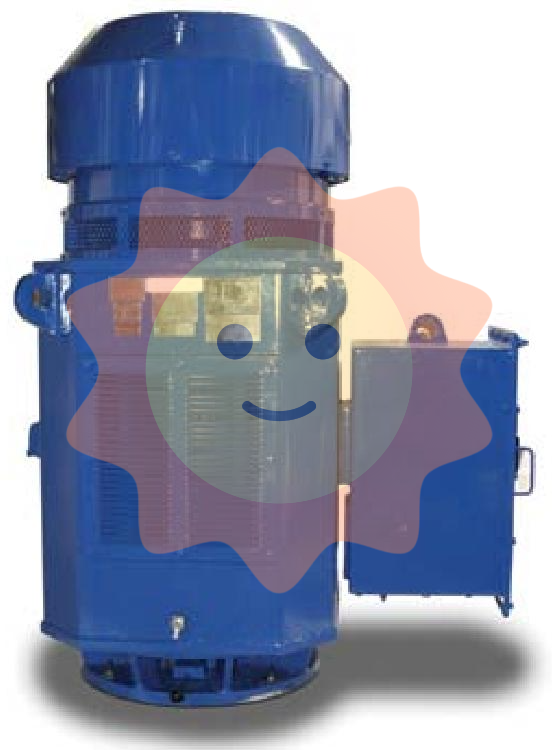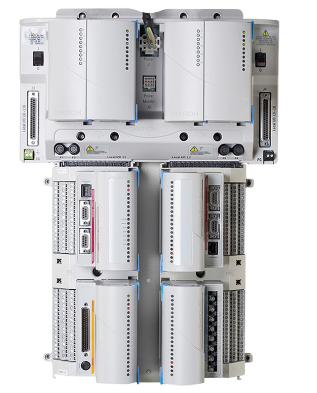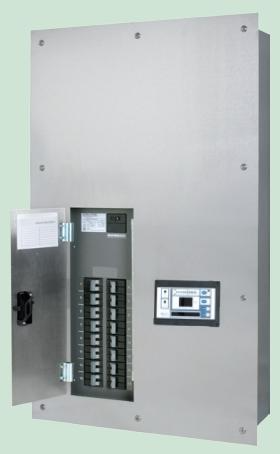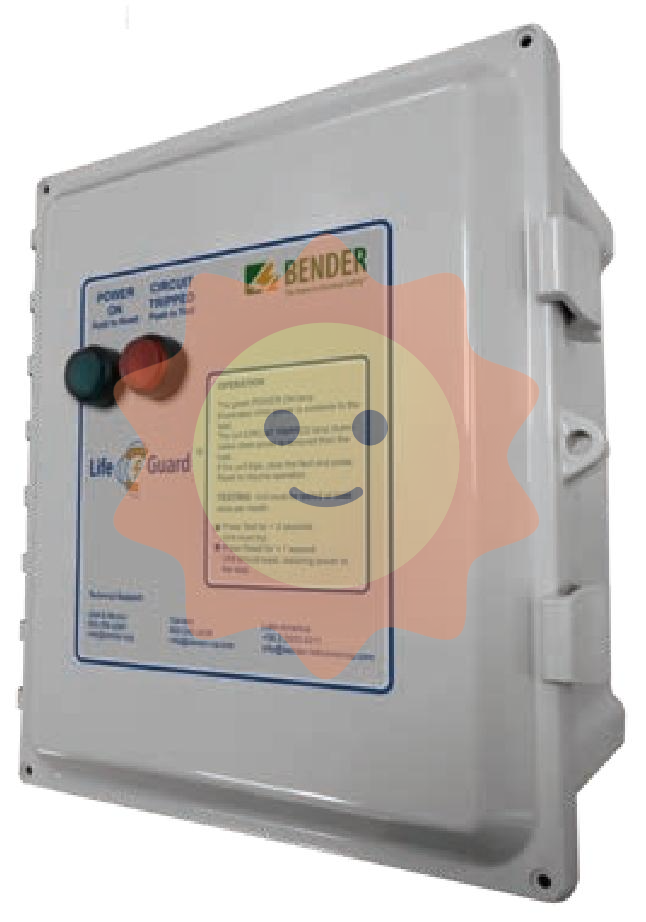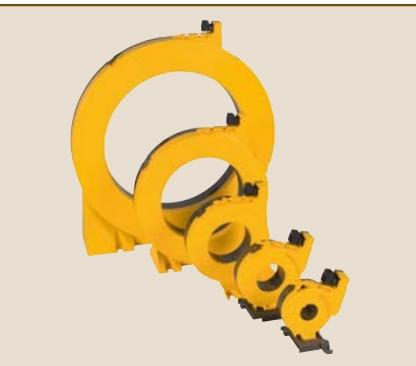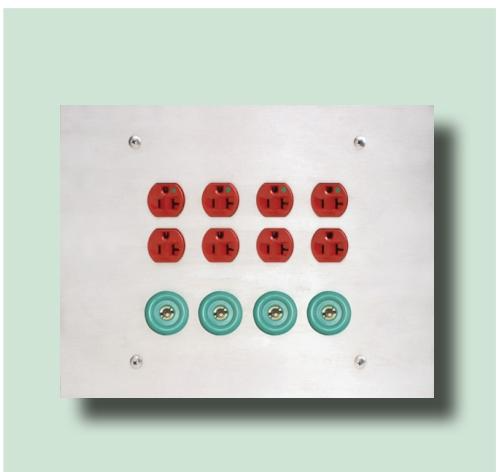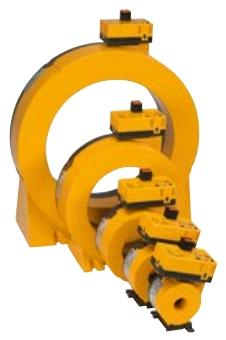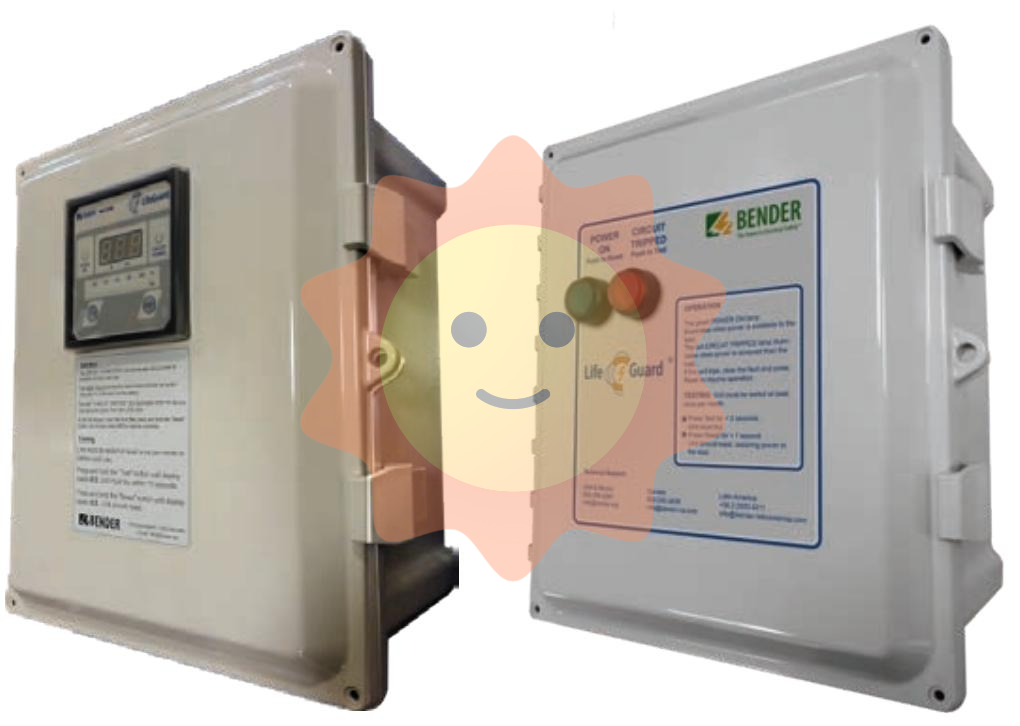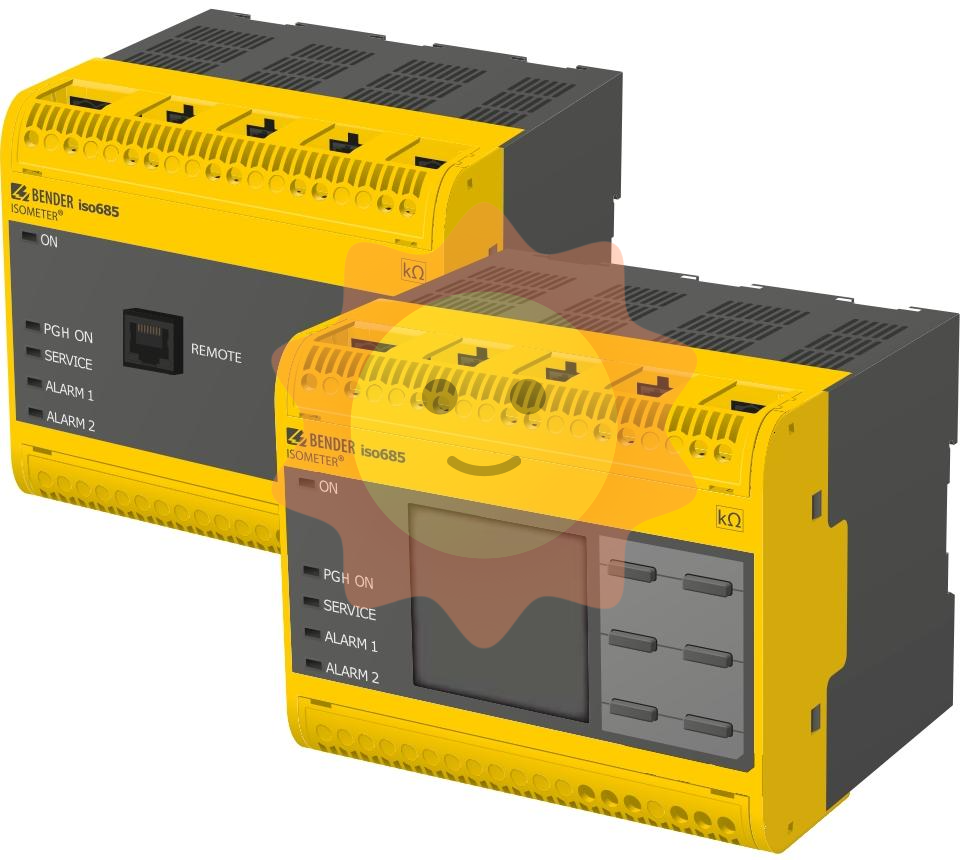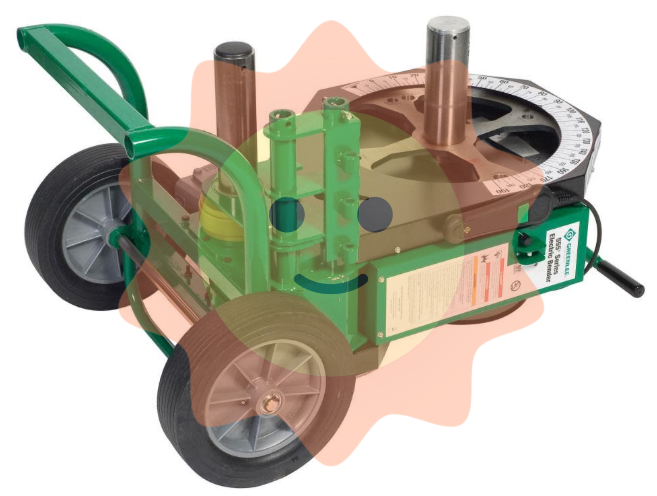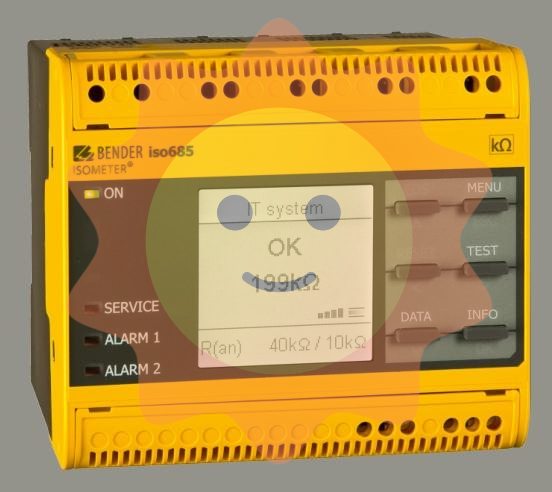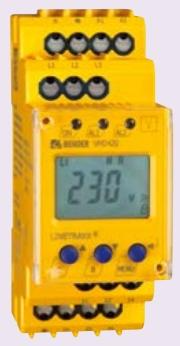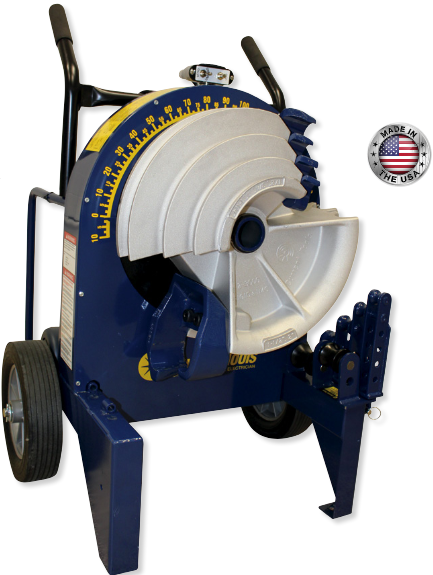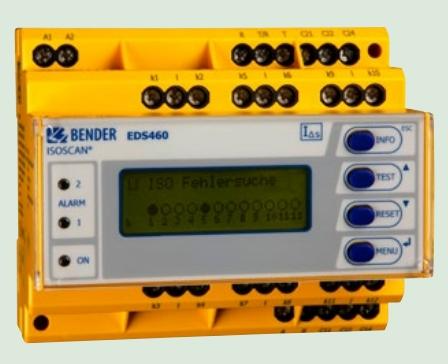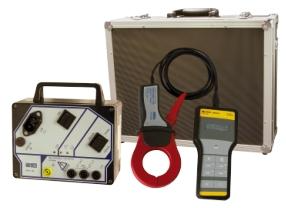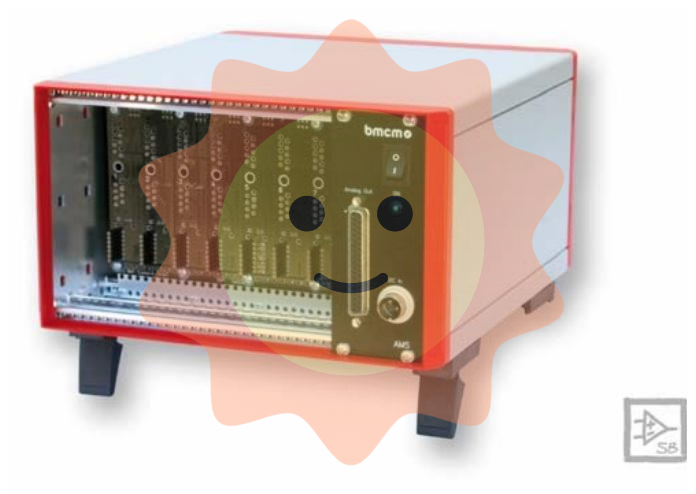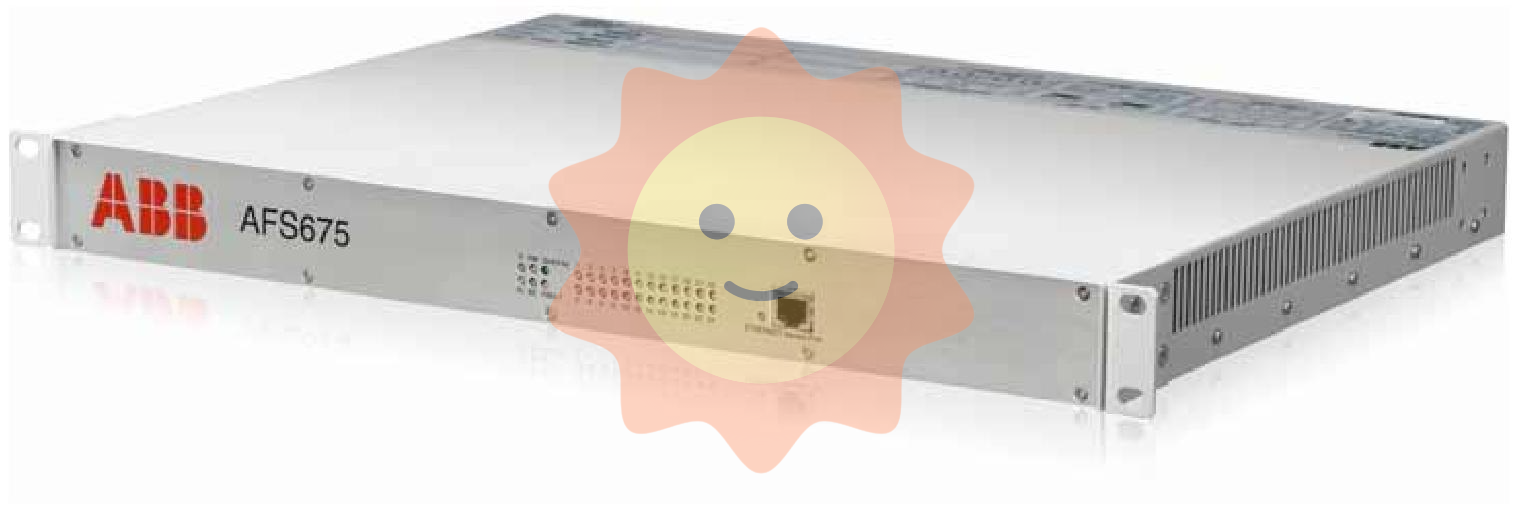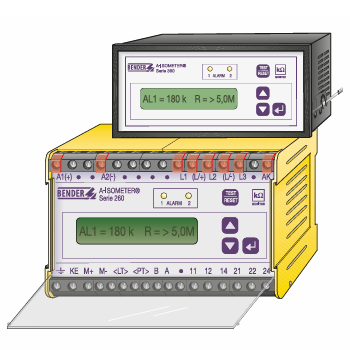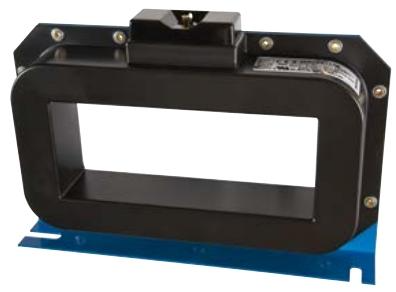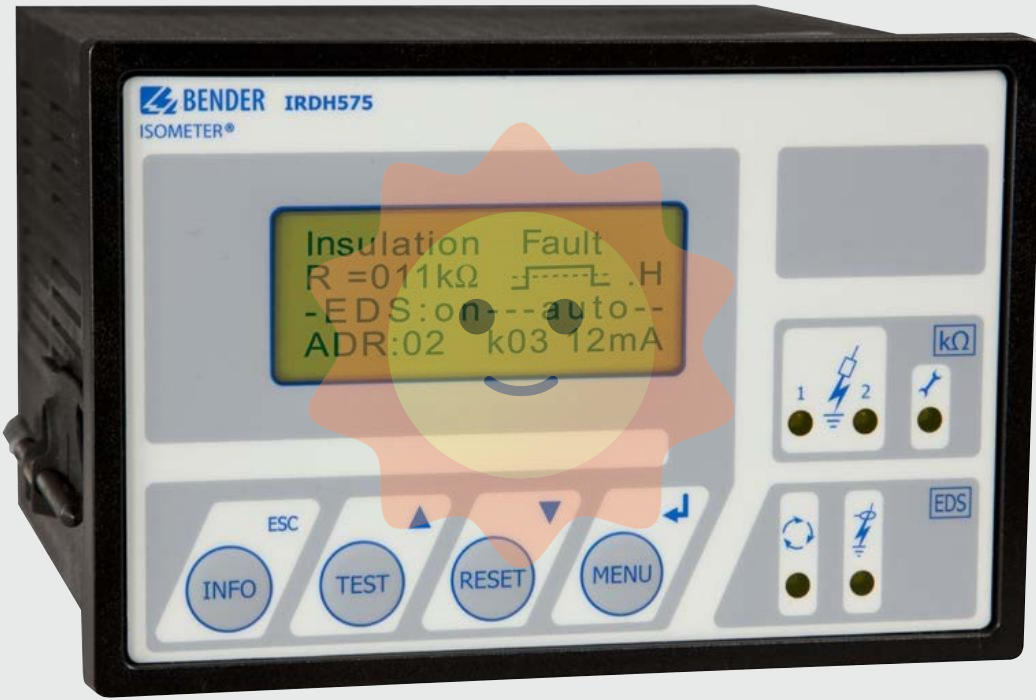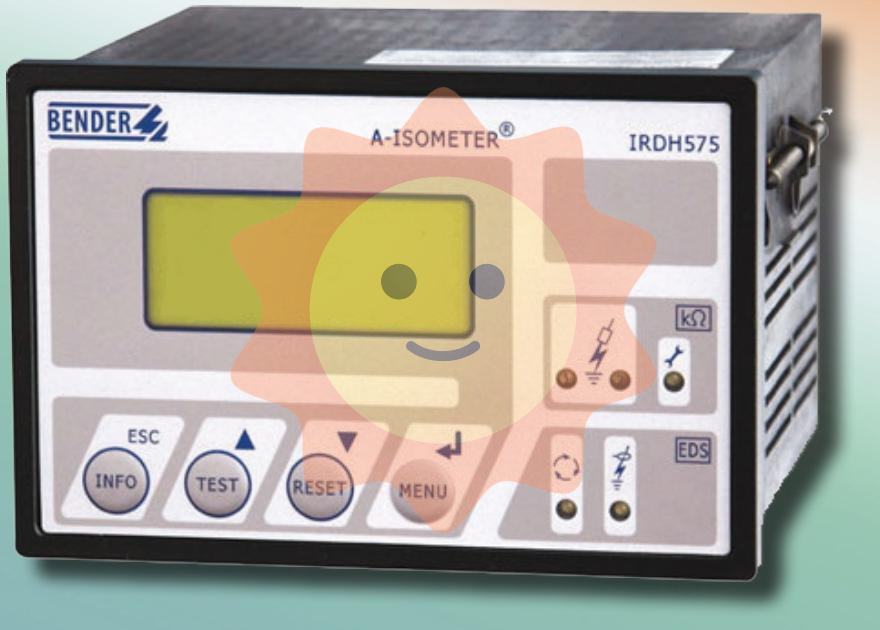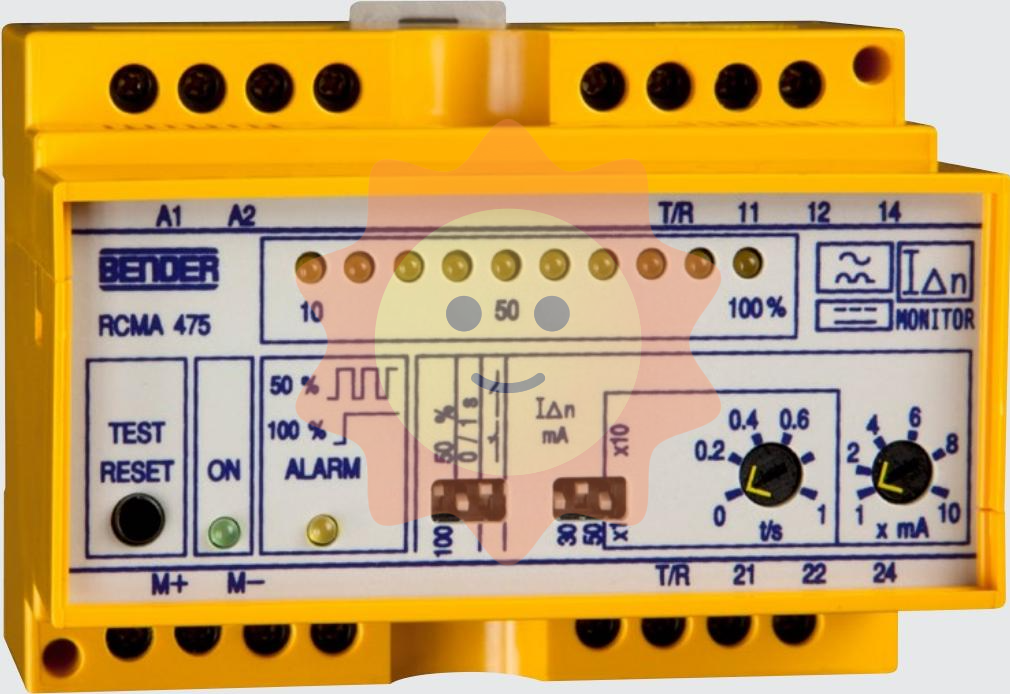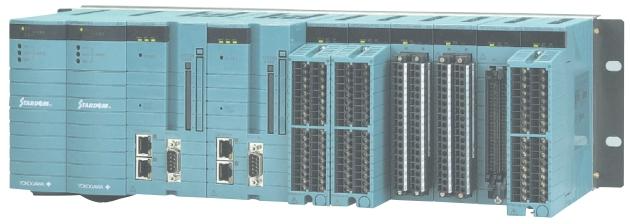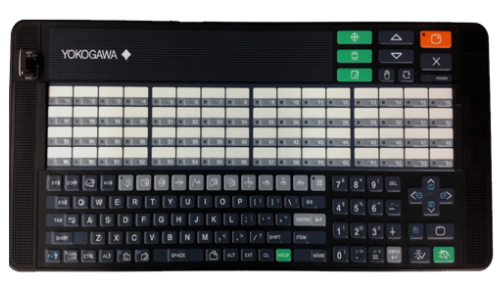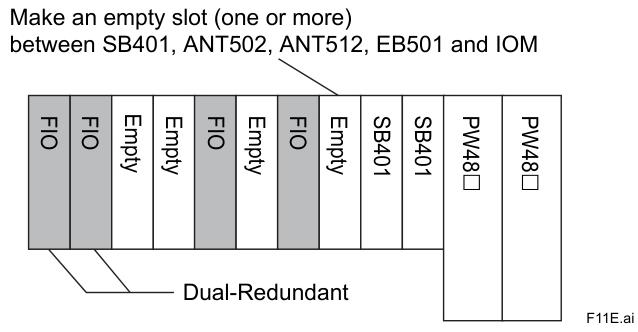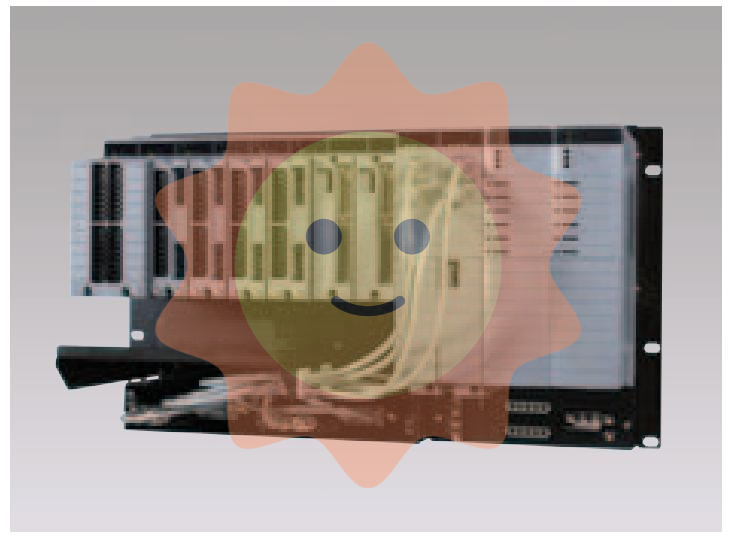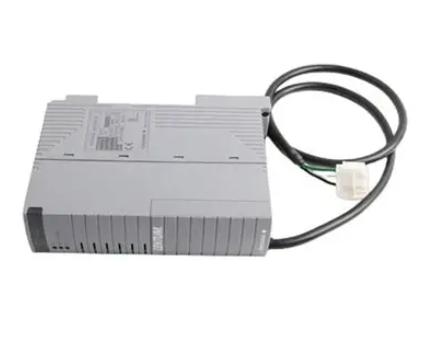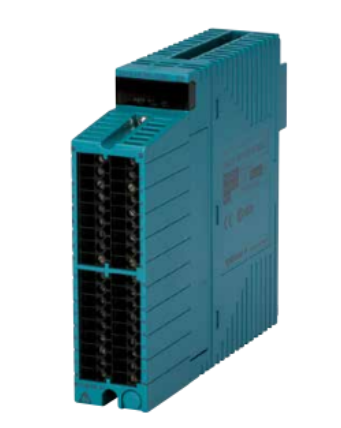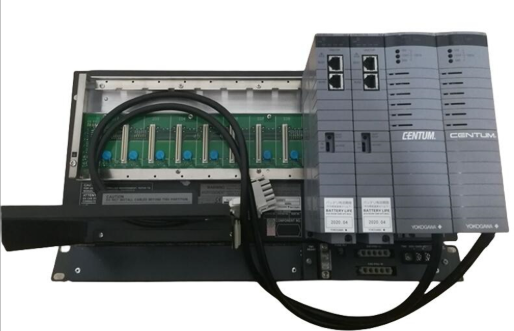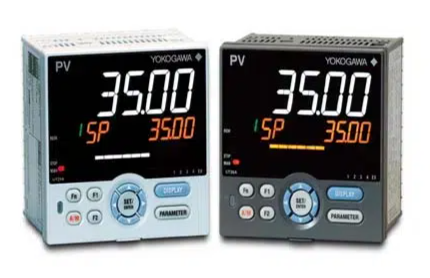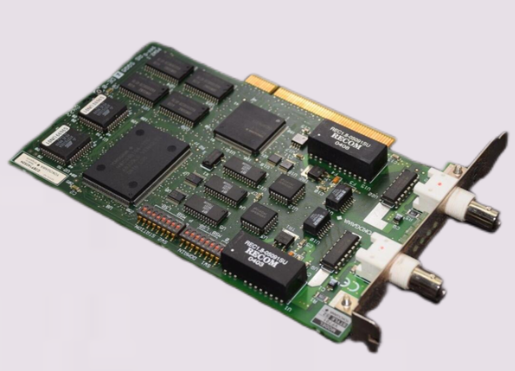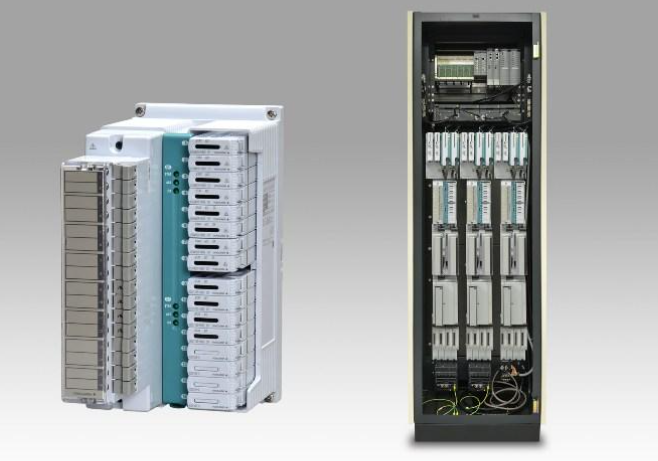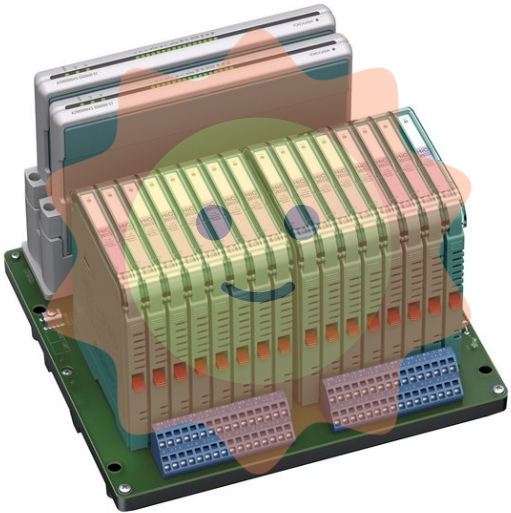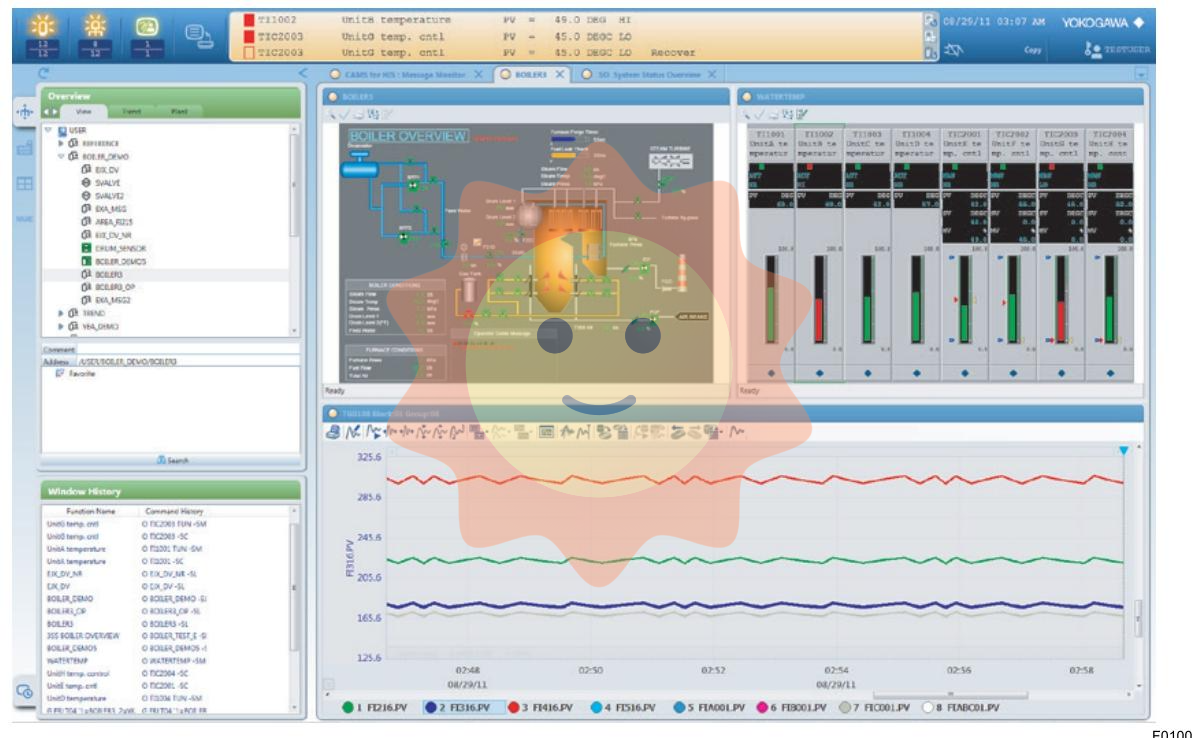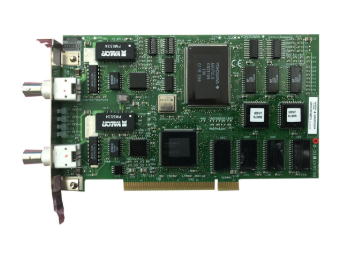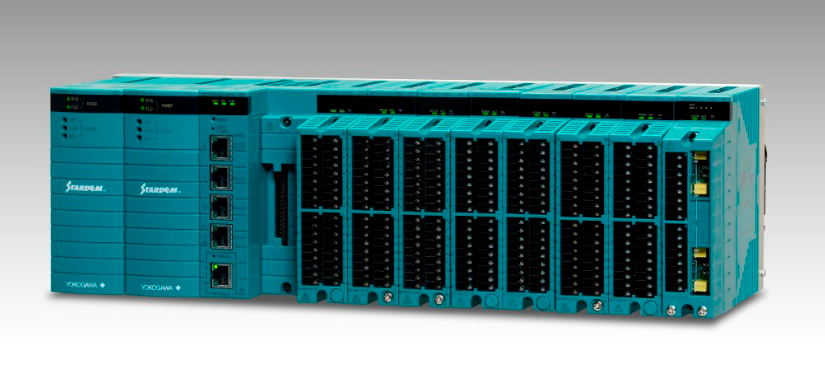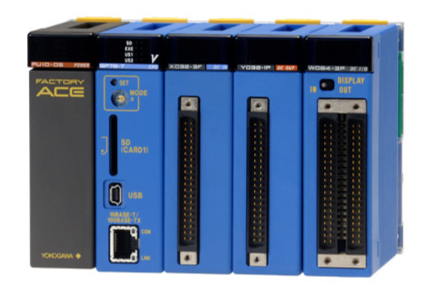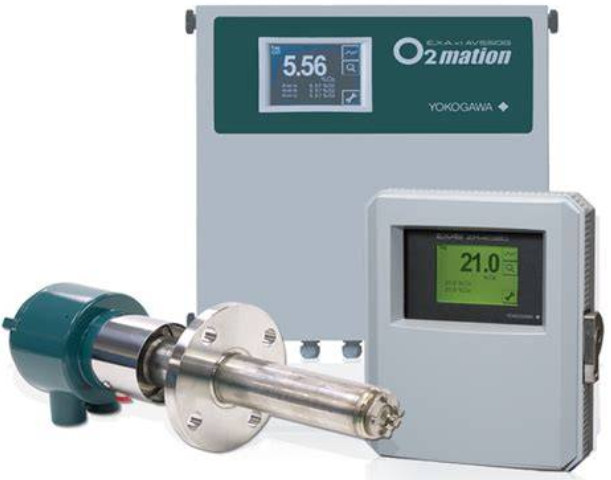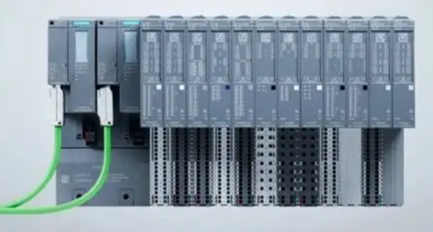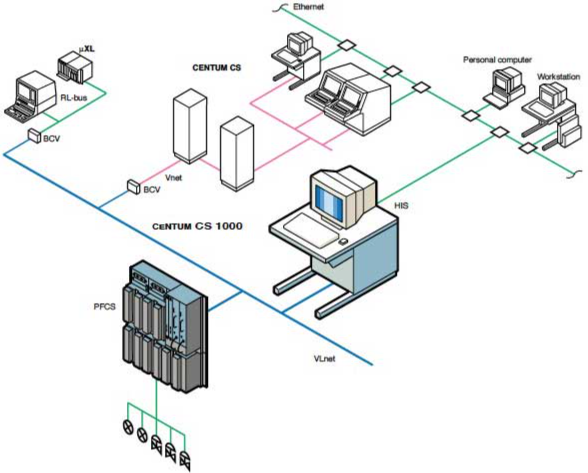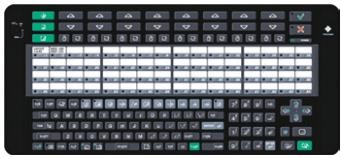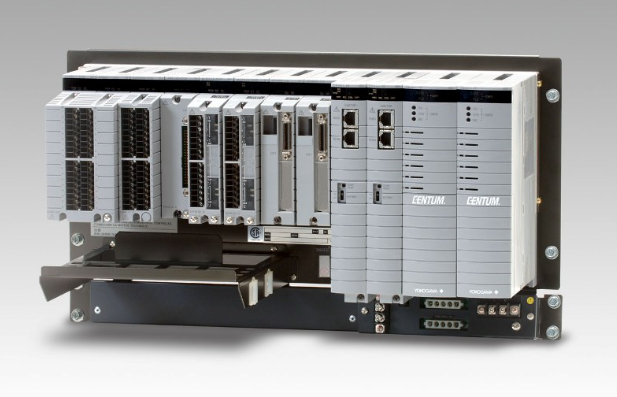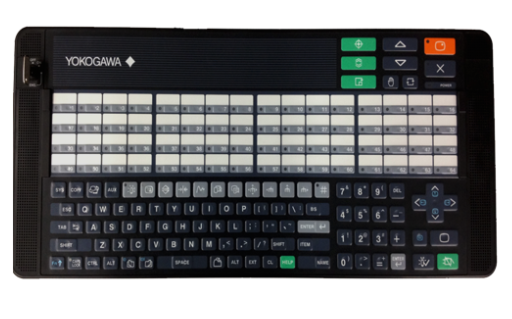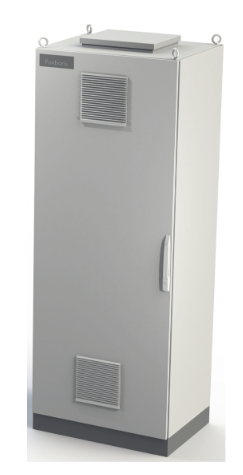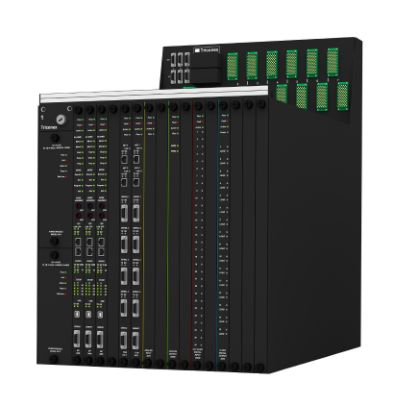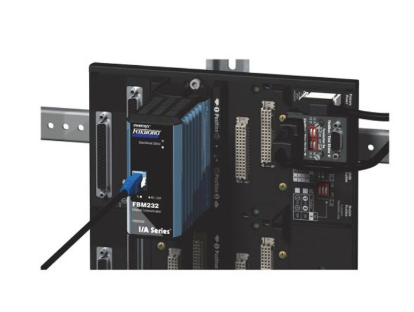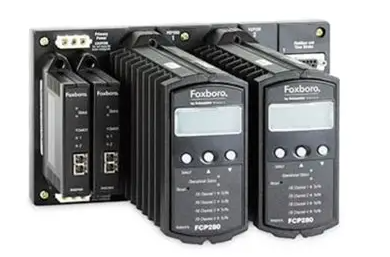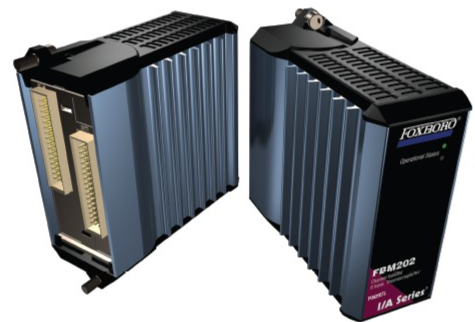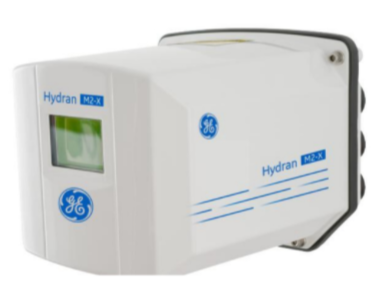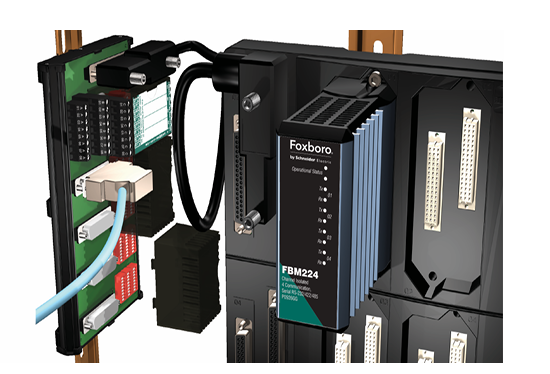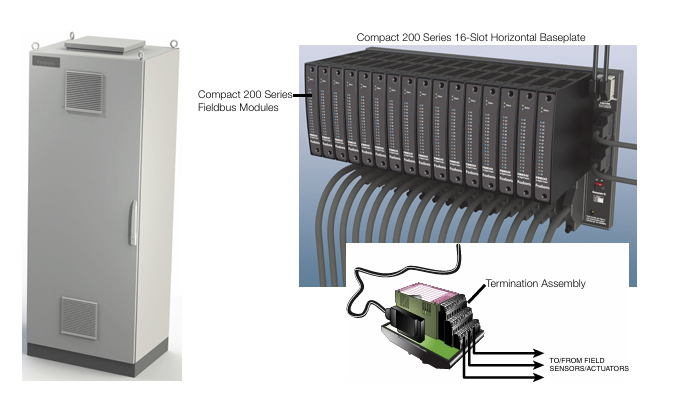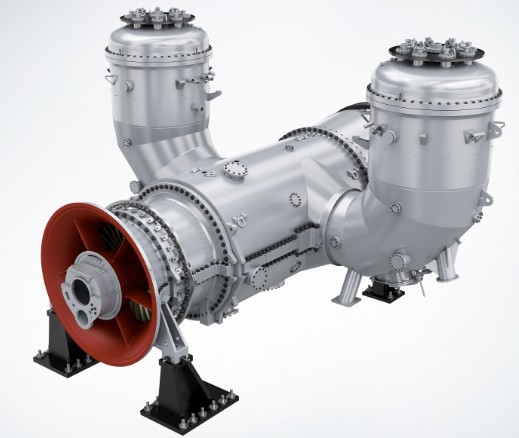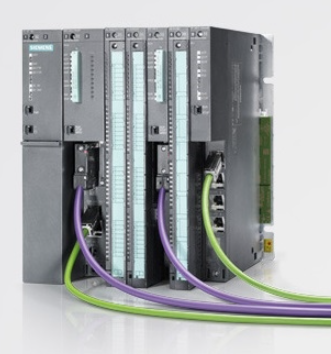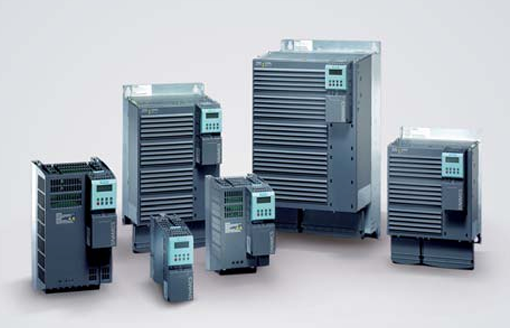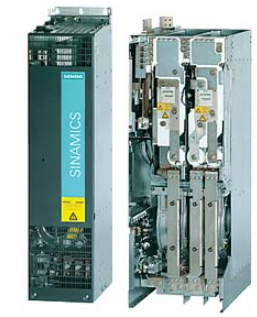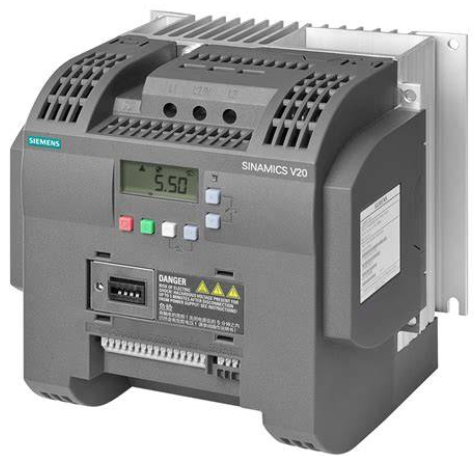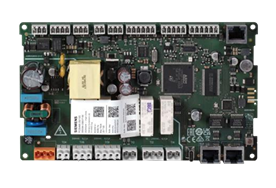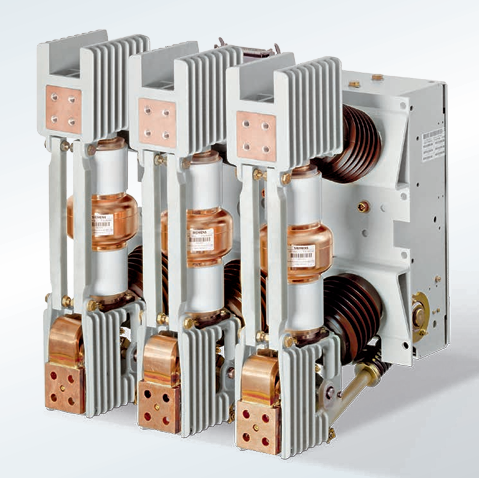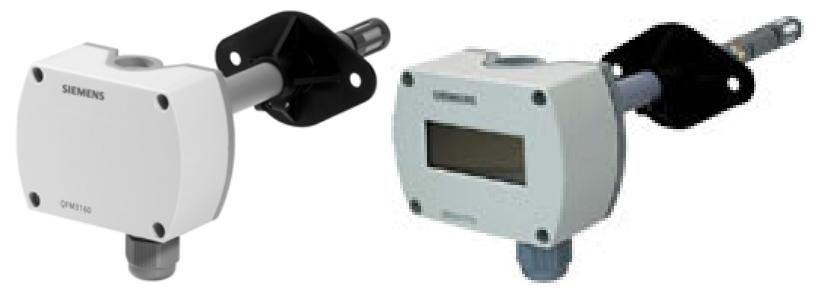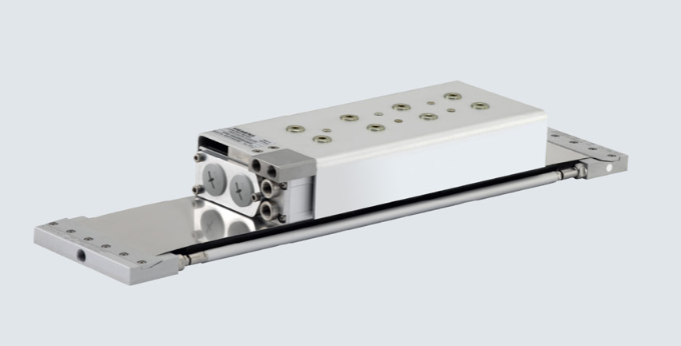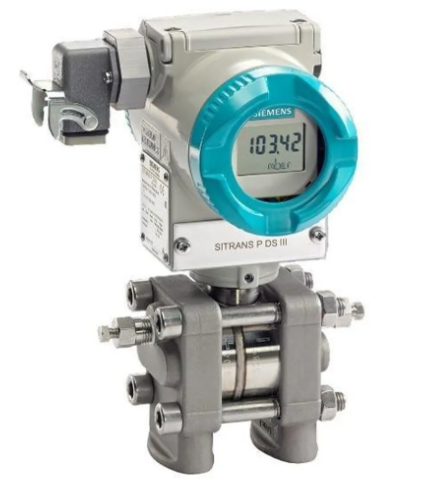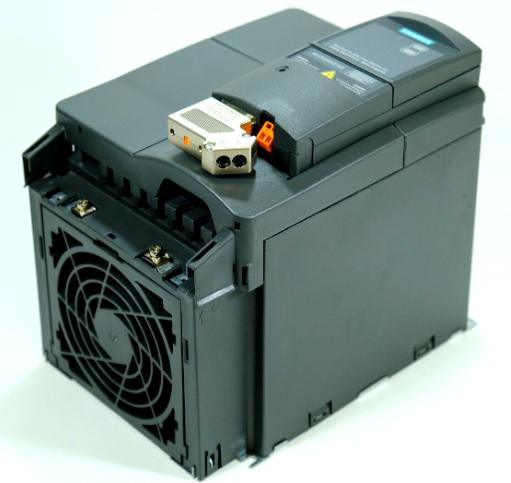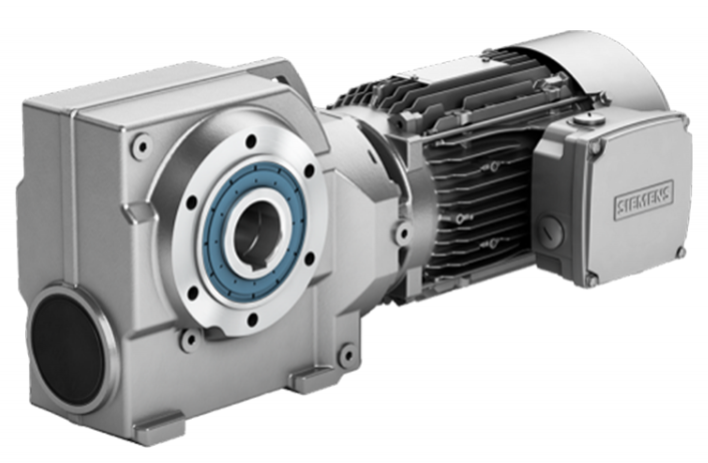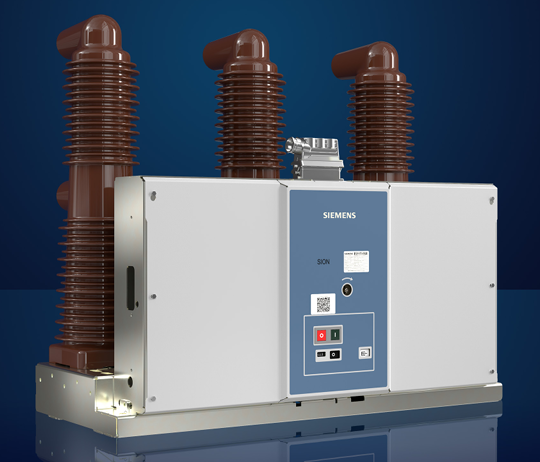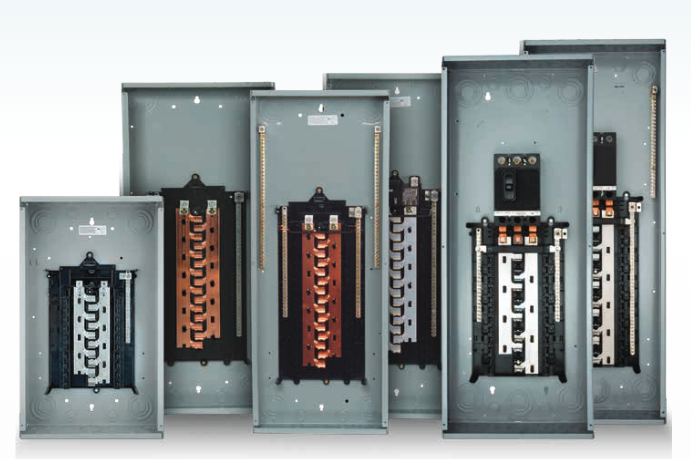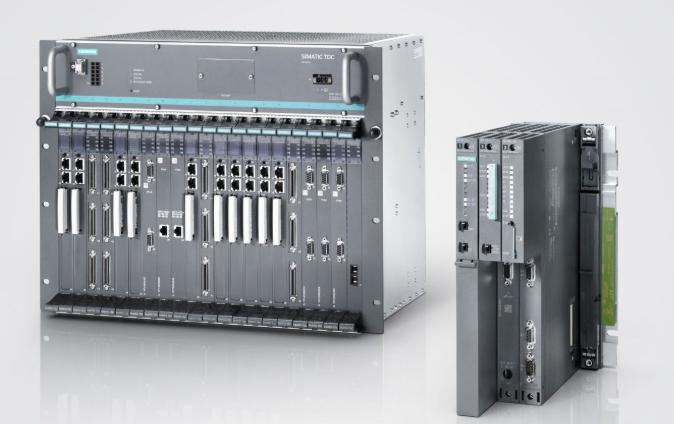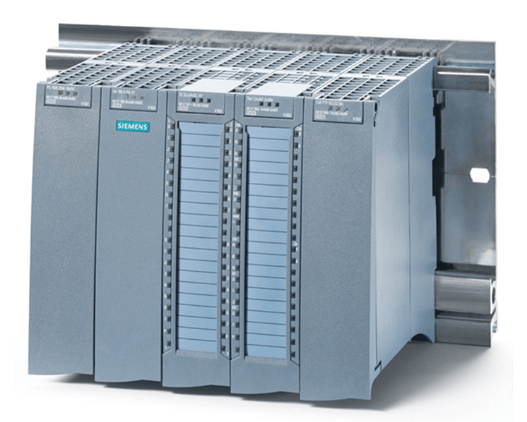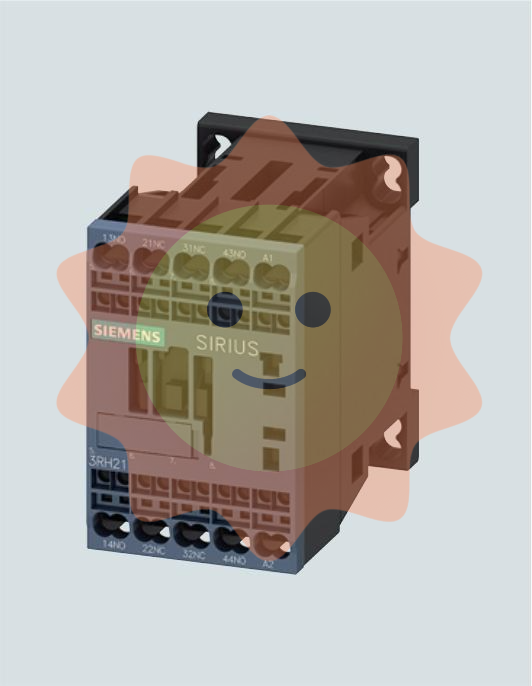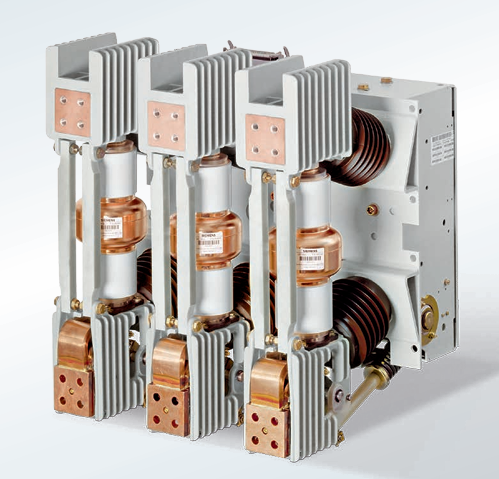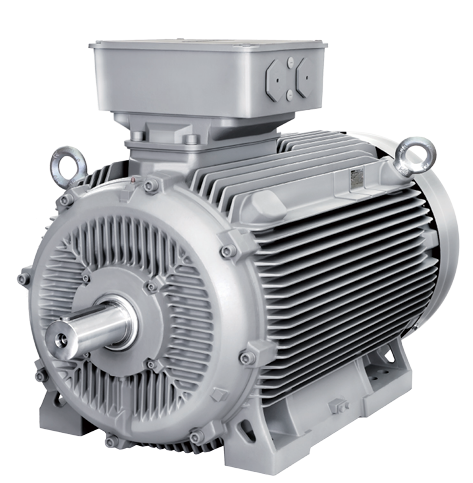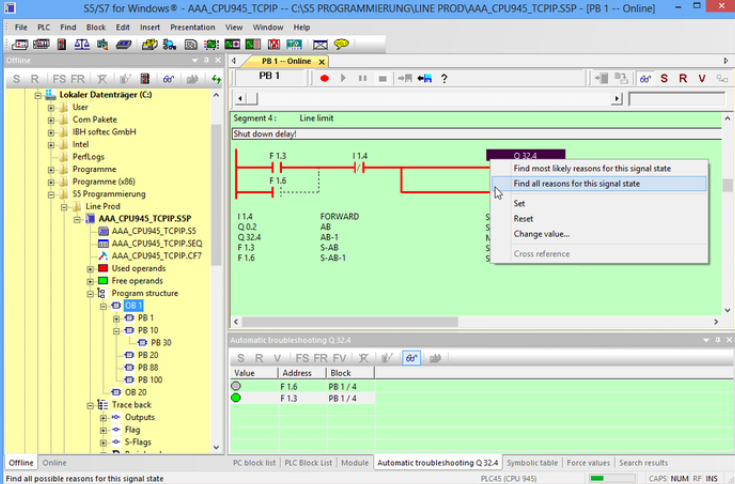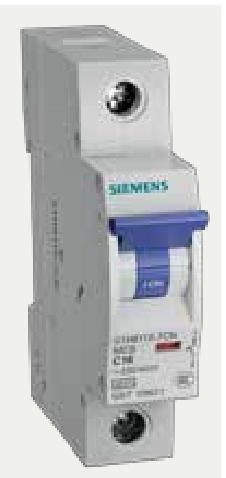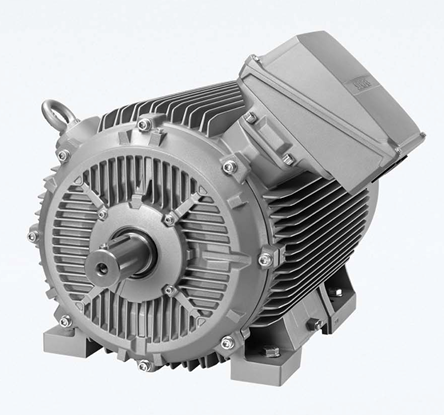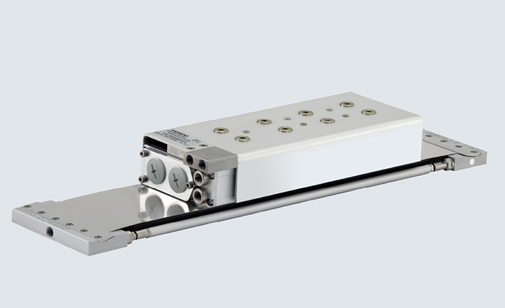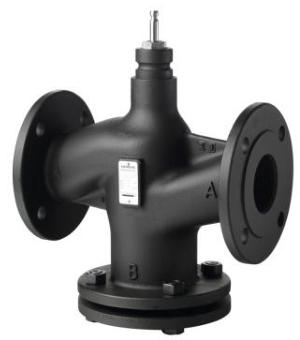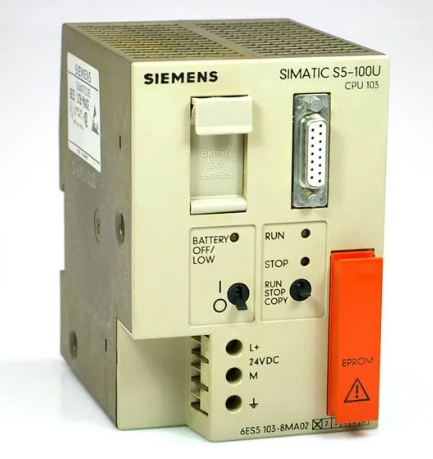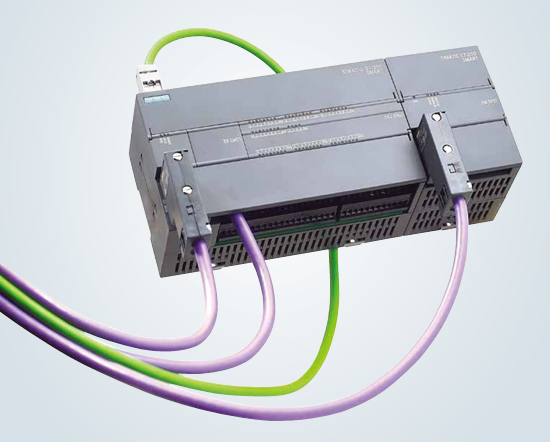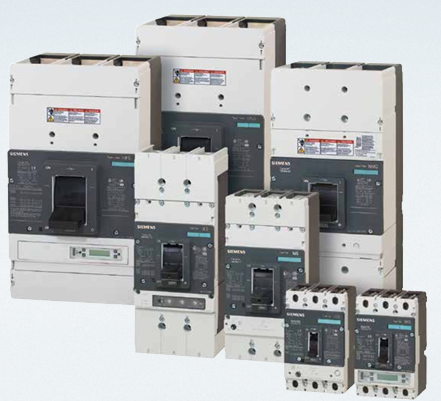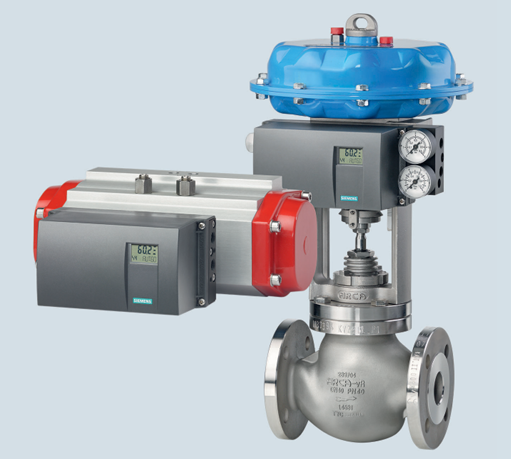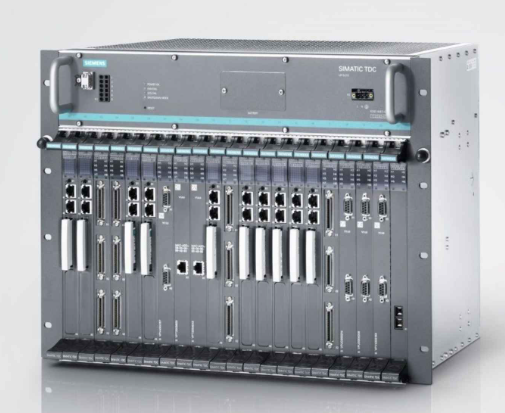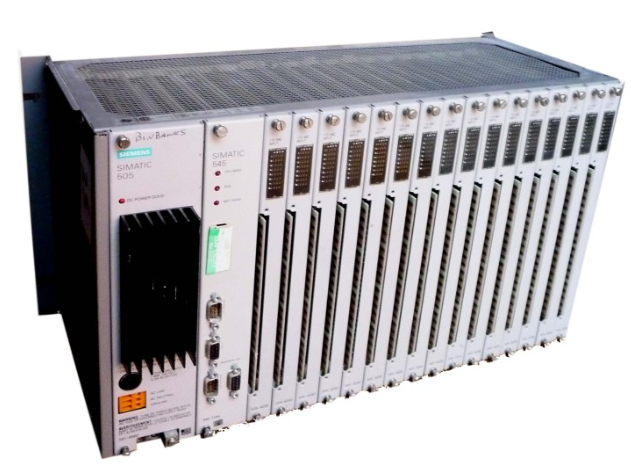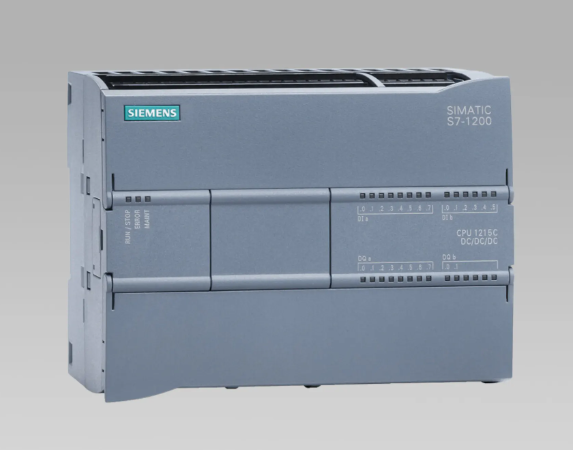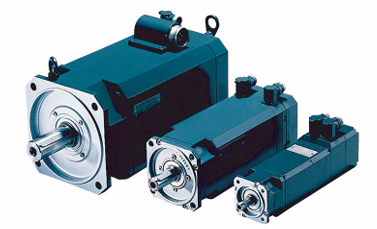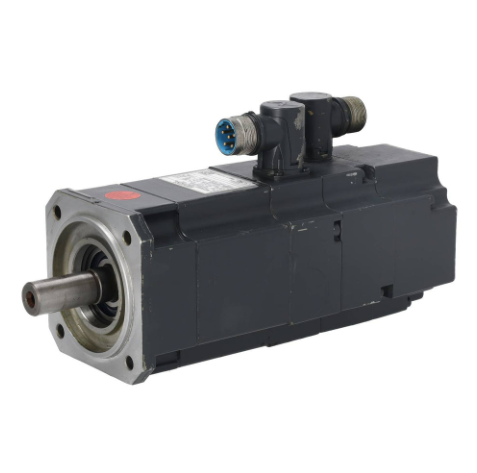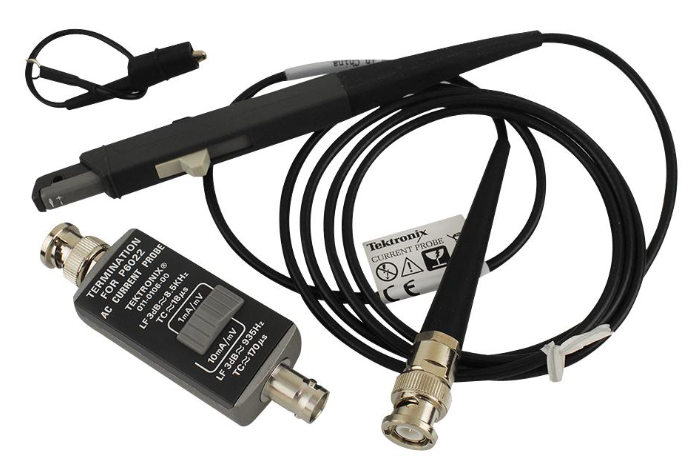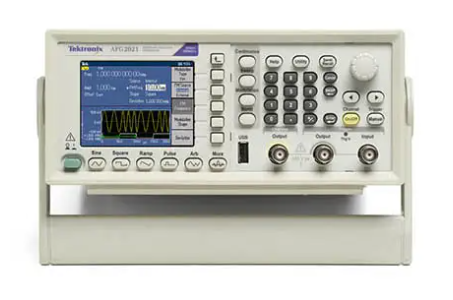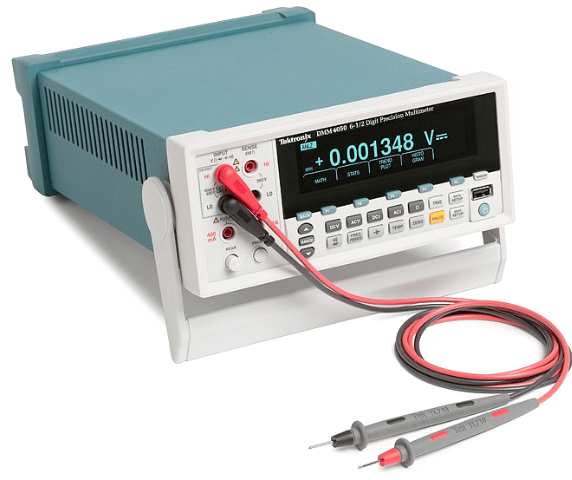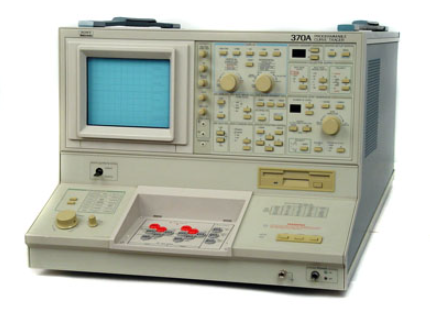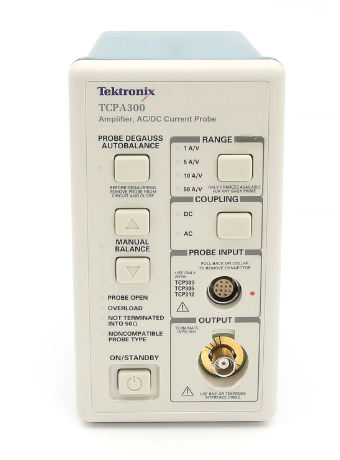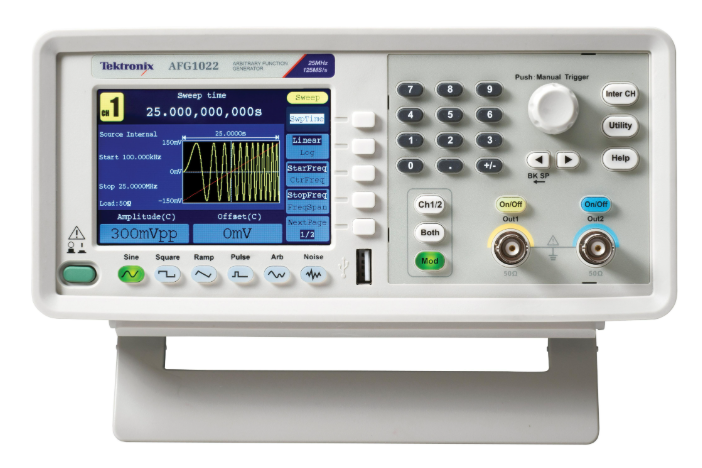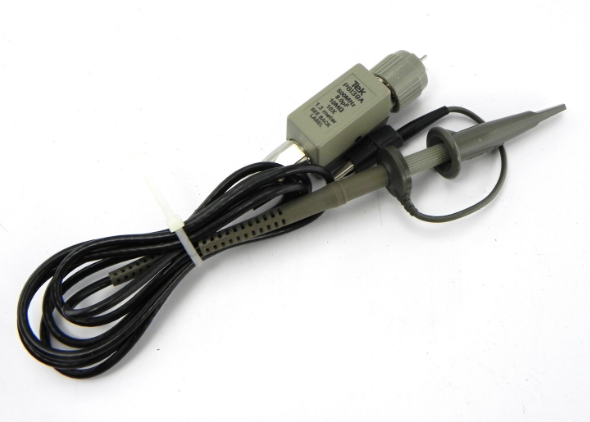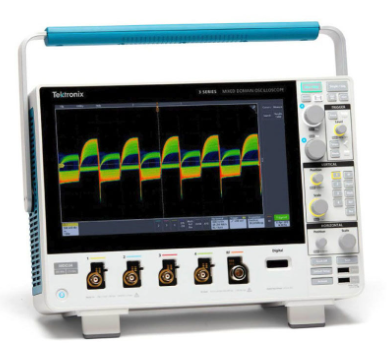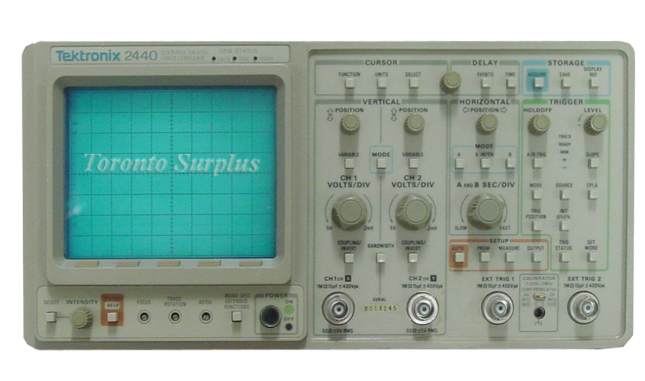GE DS200NATOG3A Voltage Feedback Scaling Board
GE DS200NATOG3A Voltage Feedback Scaling Board
Part Number DS200NATOG3A Manufacturer General Electric Country of Manufacture As Per GE Manufacturing Policy Series Mark V Function Module Availability In StockDS200NATOG3A is a Voltage Feedback Scaling Board developed by GE under Drive Control. It is a specialized board designed for voltage feedback scaling in NATO applications. Its primary function is to attenuate both AC and DC voltages generated by an SCR (Silicon-Controlled Rectifier) bridge.
By accurately reducing the voltage levels, the board enables precise derivation of bridge voltage feedbacks. The module operates in conjunction with two other essential boards: a VME backplane and a gate distribution and status board. The VME backplane serves as the backbone of the system, providing a standardized interface for multiple boards to communicate and share data efficiently. Meanwhile, the gate distribution and status board is responsible for controlling the gating signals of the SCR bridge, ensuring synchronized operation and monitoring the status of each gate.
It serves as a central hub for managing the gate signals and receiving feedback from the board. Together, these three boards form a comprehensive system for controlling and monitoring the SCR bridge. Input The input section of the board is designed to accommodate different voltage levels and consists of five identical, series-connected strings of precision resistors. These resistor strings are responsible for attenuating the incoming voltages and ensuring accurate scaling for further processing. Each of the three AC phases (representing the three alternating current power lines) has its dedicated resistor string.
Additionally, there are two more resistor strings, one for the positive DC bus voltage and another for the negative DC bus voltage. These resistor strings collectively handle the voltage feedback for the entire system. To configure each resistor string, the NATO board provides a selection of three different input stab connectors. These connectors allow the connection of the appropriate input voltage source to the resistor string. Additionally, two wire jumpers are available for further attenuation of the input voltage. The selection of input stab connectors and wire jumpers allows the user to adapt the board to various voltage ranges.
The available voltage options for attenuation are 6900, 4200, 3300, 2200, or 1200 volts. By selecting the appropriate combination of connectors and jumpers, the user can set the desired attenuation level to match the specific voltage requirements of their application. It ensures that the voltage feedback derived from the resistor strings accurately represents the input voltages, enabling precise control and monitoring of the SCR bridge in the subsequent stages of the system.
Output The output section of the board facilitates the connection of the five resistor strings to a single 20-pin ribbon header. This ribbon header serves as the output interface, allowing the derived voltage feedback from each string to be transmitted to other components or subsystems within the larger system. To ensure the safety and protection of the output circuit, each string is equipped with a metal oxide varistor (MOV). The MOV acts as a voltage-limiting device, preventing the output voltage of each string from becoming excessively high in case the output ribbon circuit is interrupted while the input voltage is still present.
The MOV provides a level of overvoltage protection, safeguarding the connected components and preventing potential damage. It is important to note that the burden resistor, which is responsible for measuring the output voltage, is not located on the NATO itself. Instead, it is positioned on the gate distribution and status board. The burden resistor is connected to the output ribbon header and serves to measure the voltage levels accurately. By locating the burden resistor on the gate distribution and status board, rather than on the NATO board, it allows for more flexibility in system design and configuration.
It enables the board to focus on its primary function of attenuating and scaling the input voltages accurately, while the gate distribution and status board handles the precise measurement of the output voltage using the burden resistor. This separation of responsibilities between the NATO board and the gate distribution and status board ensures efficient and optimized operation of the system as a whole, providing accurate voltage feedback while maintaining the necessary safety measures for the output circuit. Installlation Turn off power: Before beginning any installation or removal procedures, ensure that the power to the system is turned off. This precaution is crucial to prevent electrical accidents and damage to the equipment.
Disconnect cables: Carefully disconnect all cables connected to the NATO board. The process may vary depending on the type of cable connectors: For ribbon cables without pull tabs: Place one hand on each side of the cable connector that mates with the board connector. Gently pull the cable connector with both hands to disconnect it from the board. For ribbon cables with pull tabs: Locate the pull tab on the cable connector. Carefully pull the tab to detach the cable from the board. Remove standoffs and lock washers: The NATO board is typically secured in place by standoffs and lock washers.
Remove the standoffs using an appropriate tool, such as a screwdriver or wrench. Take caution not to drop the lock washers into the board or the unit, as this can cause damage. Remove the board: Keeping the NATO board level, carefully pull it straight out from its slot using both hands. Ensure that you maintain a firm grip on the board to prevent any accidental drops or damage. Install the new NATO board: Position the new NATO board in the empty slot, aligning it properly. Secure the board in place by reattaching the standoffs and lock washers. Ensure they are tightened securely but not excessively, as overtightening can lead to damage.
Reconnect cables: Take each cable that was disconnected in step 2 and ensure that it is properly seated at both ends. Align the connector with the corresponding slot on the NATO board and firmly push it in until it is securely connected. Repeat this step for all cables, ensuring all connections are properly seated.

- User name Member Level Quantity Specification Purchase Date
- Satisfaction :
-









Email:wang@kongjiangauto.com



